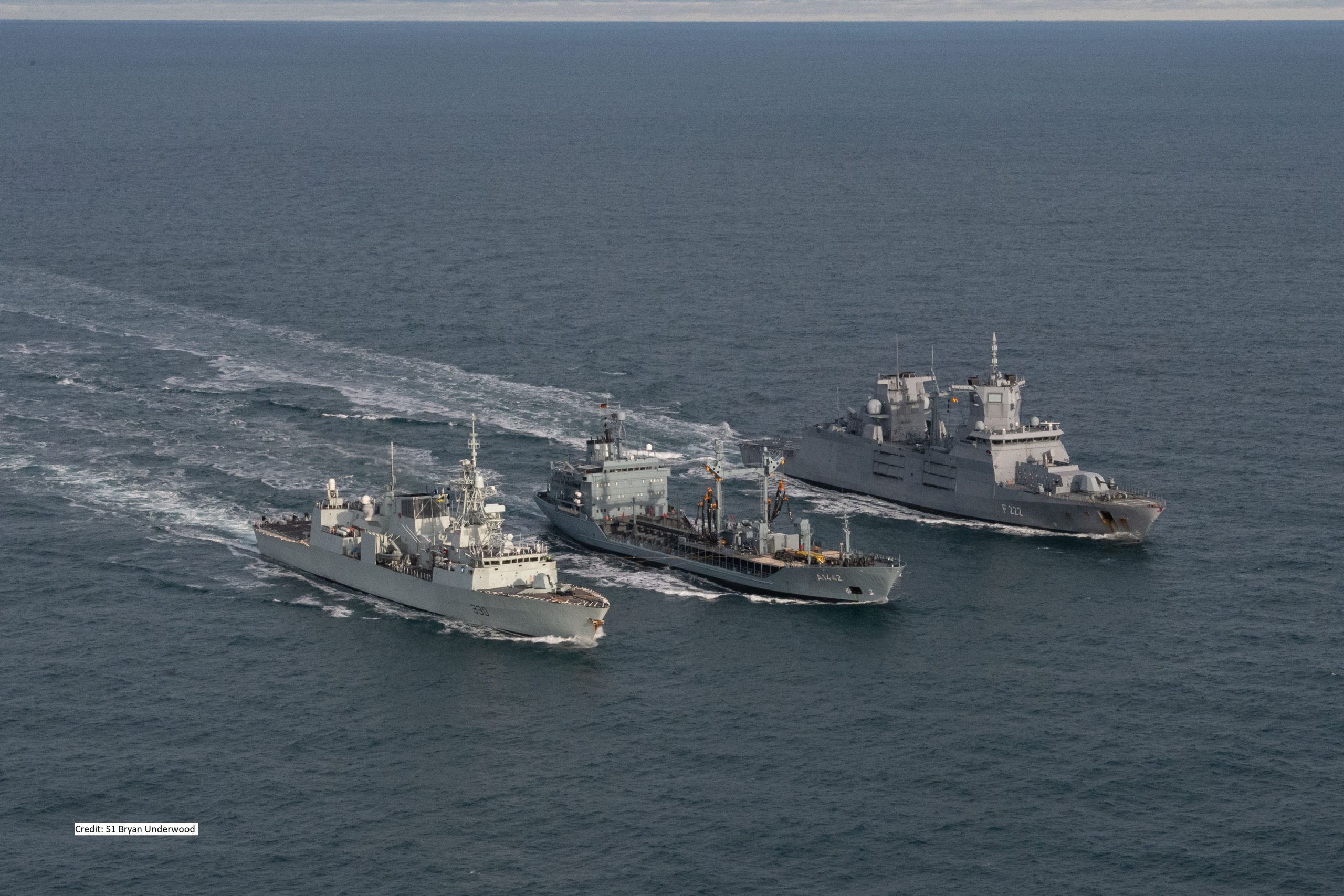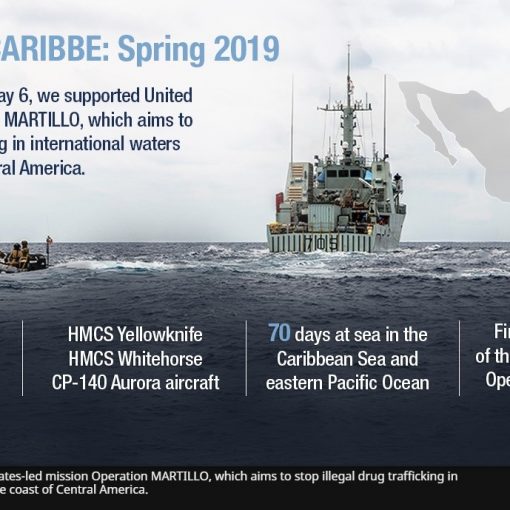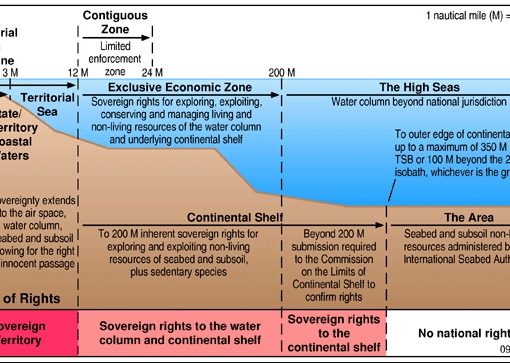Canada is active internationally and belongs to many international organizations but it is a member of only two formal defence alliances/arrangements. Canada is a founding member of NATO which was formed in 1949 as the Cold War began. The heart of the alliance, Article 5, commits members to respond if any member state is attacked. There are a variety of maritime elements in NATO. These include: Standing NATO Maritime Groups 1 and 2 (SNMG1 and SNMG2), Standing NATO Mine Countermeasures Groups 1 and 2 (SNMCMG1/2); MARCOM Subordinate Commands (air and submarine commands); and a NATO shipping centre. The RCN has consistently provided ships to the Standing NATO Maritime Groups. The other formal defence arrangement – a ‘binational command’ – is the North American Air (later changed to Aerospace) Defence (NORAD) Command to which Canada and the United States belong. It was formed in 1958 to protect the approaches of North America from Soviet bombers/missiles, but did not traditionally include the maritime approaches. However, changes were made to the NORAD Agreement in 2006 and maritime warning was added, including collecting, processing, assessing and sharing information relating to maritime areas of Canada and the United States. The RCN has been active in security/defence operations outside formal arrangements as well. This includes missions assigned by the United Nations and, more recently, what have often been referred to as ‘coalitions of the willing.’ If you want to know the broad outlines of all these arrangements, then you should read the Naval Association of Canada Briefing Note #38 found at BN38-Alliances-1.pdf (navalassoc.ca)




